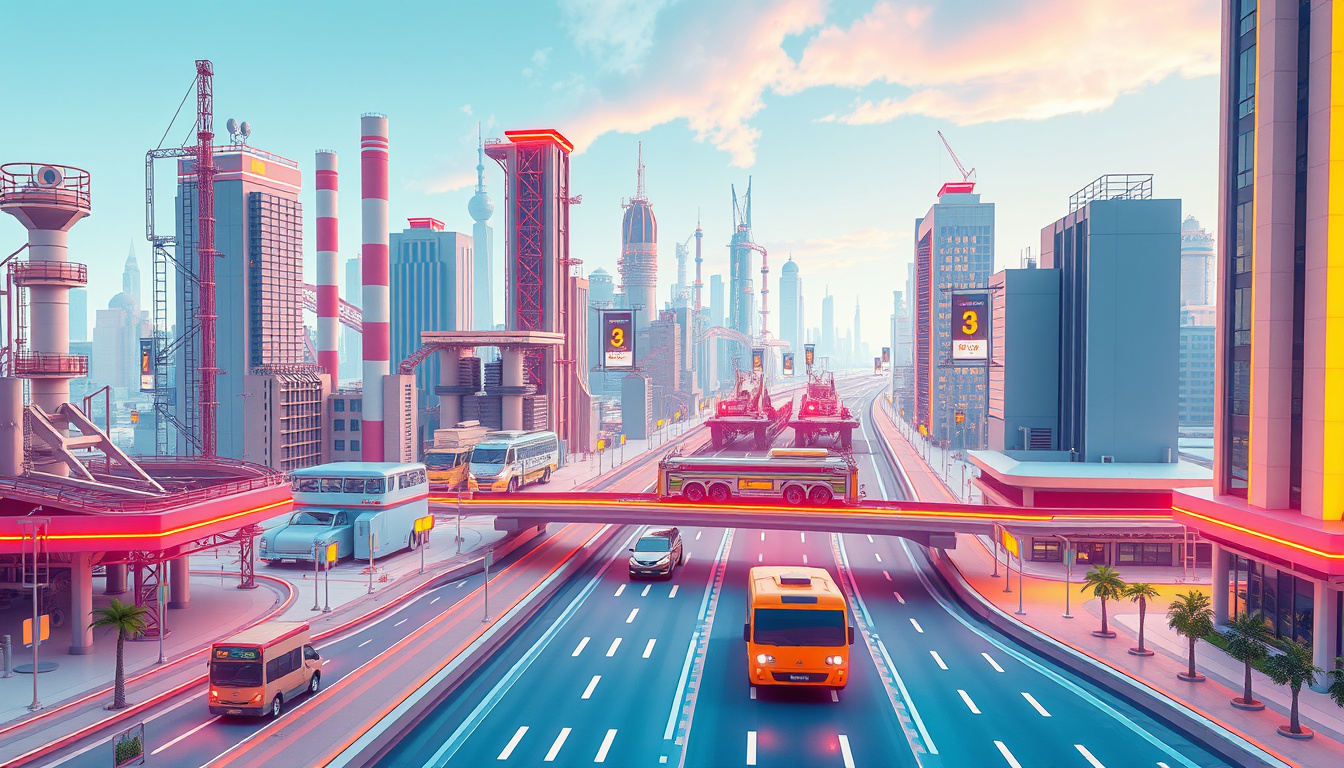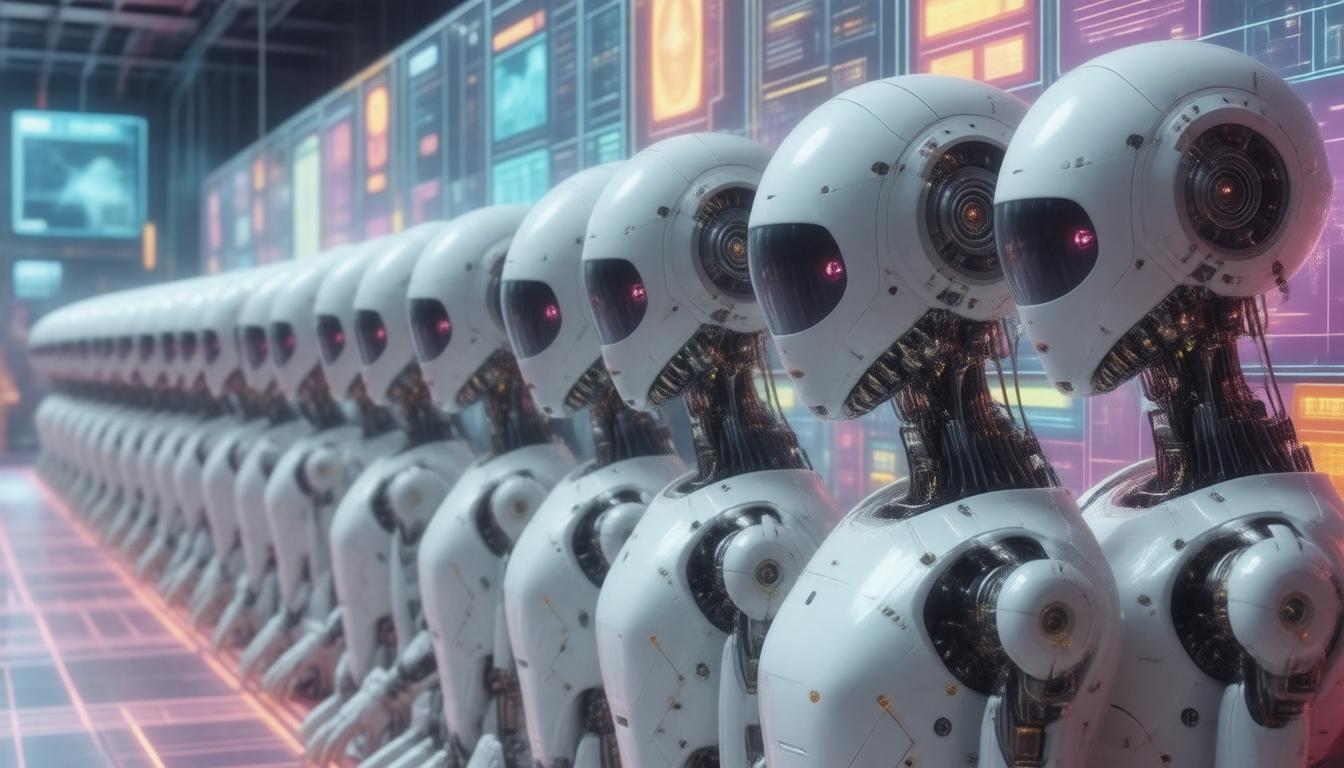In recent years, the term autonomous AI has become a buzzword in the tech industry, marking a significant shift in how machines and software operate independently without human intervention. Autonomous AI refers to artificial intelligence systems capable of making decisions, learning from new data, and executing complex tasks on their own. This breakthrough is poised to revolutionize modern technology and industry by boosting efficiency, improving accuracy, and opening up entirely new possibilities for innovation.
In this comprehensive article, we will explore the transformative impact of autonomous AI, dive into real-world applications, and understand how sectors like manufacturing, healthcare, transportation, and more are reaping the benefits of this cutting-edge technology.
Understanding Autonomous AI: What It Means
Autonomous AI describes intelligent systems designed to function independently. Unlike traditional AI, which often requires human supervision or predefined rules, autonomous AI systems leverage advanced machine learning, deep learning, and decision-making algorithms that allow them to:
- Perceive their environment through sensors or data inputs
- Analyze information and adapt to new situations
- Make decisions based on real-time data without external commands
- Continuously improve via feedback loops
This level of autonomy empowers machines to perform complex tasks with minimal human oversight, increasing reliability and scalability across numerous industries.
How Autonomous AI is Revolutionizing Technology
1. Autonomous Vehicles
One of the most talked-about applications of autonomous AI is in self-driving cars and trucks. These vehicles use AI-powered perception systems including cameras, lidar, and radar to interpret road conditions and navigate obstacles safely. The autonomous AI algorithms process this data to make split-second decisions, revolutionizing transportation by:
- Enhancing road safety by reducing human errors
- Reducing traffic congestion with optimized routing
- Lowering emissions through more efficient driving patterns
Leading companies like Tesla, Waymo, and Uber are pushing the technology forward, working towards fully autonomous fleets that could reshape public and commercial transportation (source).
2. Industrial Automation and Robotics
In manufacturing, autonomous AI is transforming factories into smart, efficient production hubs. Robots equipped with autonomous AI can adjust to changes in real time, handling tasks ranging from assembling products to quality control. Benefits include:
- Increased production speed and consistency
- Reduced downtime with predictive maintenance
- Enhanced worker safety by managing hazardous tasks
By enabling machines to operate independently and collaborate with human workers, autonomous AI boosts flexibility and productivity on the shop floor.
3. Healthcare Innovation
Healthcare is experiencing a profound transformation due to autonomous AI. Intelligent diagnostic systems analyze medical images and patient data to detect diseases early while surgical robots assist with precision operations. Applications of autonomous AI in healthcare cover:
- Automated patient monitoring and real-time health tracking
- Personalized treatment recommendations based on vast clinical data
- Streamlined administrative tasks to focus more on patient care
These innovations promise improved outcomes, reduced costs, and expanded access to medical services.

4. Smart Manufacturing and Supply Chain
Autonomous AI optimizes supply chains by forecasting demand, managing inventory, and coordinating logistics. Smart factories apply AI to monitor equipment health, schedule maintenance proactively, and reduce waste. Some key impacts include:
- Greater supply chain transparency and responsiveness
- Reduced operational costs through efficient resource allocation
- Enhanced ability to pivot quickly in response to market changes
With growing globalization, autonomous AI-driven supply chains are essential for maintaining competitiveness.
5. Agriculture and Environmental Management
Farmers are turning to autonomous AI technologies such as drones, autonomous tractors, and AI-based sensors to improve crop yields and reduce environmental impact. These systems analyze soil health, pesticide levels, and weather patterns to make data-driven decisions for planting and harvesting. Benefits include:
- Higher productivity with reduced resource usage
- Better sustainability through precise application of inputs
- Increased resilience against climate change effects
By leveraging autonomous AI, agriculture is becoming smarter and more sustainable.
Key Benefits of Autonomous AI Across Industries
The rising adoption of autonomous AI brings numerous advantages to businesses and society alike:
- Efficiency gains: Autonomous systems work 24/7 without fatigue, speeding up processes and reducing delays.
- Scalability: AI-driven automation can easily scale operations up or down in line with demand.
- Cost reduction: Lower labor costs and minimized errors lead to significant savings.
- Improved safety: Autonomous AI can handle dangerous tasks, reducing accidents.
- Data-driven decisions: AI analyzes vast data sets quickly, enabling smarter business choices.
Essential Technologies Powering Autonomous AI
Autonomous AI’s capabilities are bolstered by several cutting-edge technologies:
- Machine Learning & Deep Learning: Core methods for AI to learn from data and improve autonomously.
- Computer Vision: Allows AI systems to interpret visual information from cameras or sensors.
- Natural Language Processing (NLP): Enables interaction and understanding of human language.
- Edge Computing: Processing data near its source for faster, more reliable AI decisions.
- IoT Integration: Connects various data points to create a comprehensive operational picture.
Challenges Facing Autonomous AI Adoption
While promising, autonomous AI also faces hurdles such as:
- Ethical considerations: Ensuring AI acts responsibly and transparently.
- Safety concerns: Reliable, fail-safe designs are critical for autonomous systems.
- Job displacement fears: Workforce retraining and new job creation are necessary.
- Data privacy: Protecting sensitive information from misuse.
- Regulatory landscape: Governments developing frameworks to govern autonomous AI usage.
Addressing these challenges is vital to fully realize the transformative potential of autonomous AI.
FAQ About Autonomous AI
Q1: What industries benefit the most from autonomous AI?
A1: Autonomous AI is revolutionizing various sectors including automotive, healthcare, manufacturing, logistics, and agriculture by improving efficiency and reducing costs.
Q2: How does autonomous AI differ from traditional AI?
A2: Autonomous AI operates independently with minimal human input, while traditional AI often requires pre-programmed instructions or significant human oversight.
Q3: Are autonomous AI systems safe?
A3: Safety is a top priority when developing autonomous AI; rigorous testing, fail-safes, and regulations help ensure these systems operate reliably and securely.
Conclusion: Embracing the Autonomous AI Era
Autonomous AI is no longer a futuristic concept—it’s actively reshaping modern technology and industry today. Its ability to operate independently, learn from data, and make intelligent decisions is driving unprecedented levels of innovation and efficiency across multiple sectors. From self-driving cars reducing accidents to smart factories optimizing production, autonomous AI is a catalyst for progress.
To stay competitive and ready for the future, businesses must adopt and adapt to autonomous AI technologies. By embracing this revolution, companies will not only boost their operational effectiveness but also open doors to new opportunities and markets. As consumers and stakeholders increasingly demand smarter, faster, and safer solutions, autonomous AI stands at the forefront of this transformation.
If you want to lead in your industry and harness the power of autonomous AI, now is the time to explore its potential and invest in innovation. The future is autonomous—and it’s already here.
For further reading on autonomous AI applications and future trends, consider visiting authoritative technology resources such as MIT Technology Review for ongoing updates and insights.




